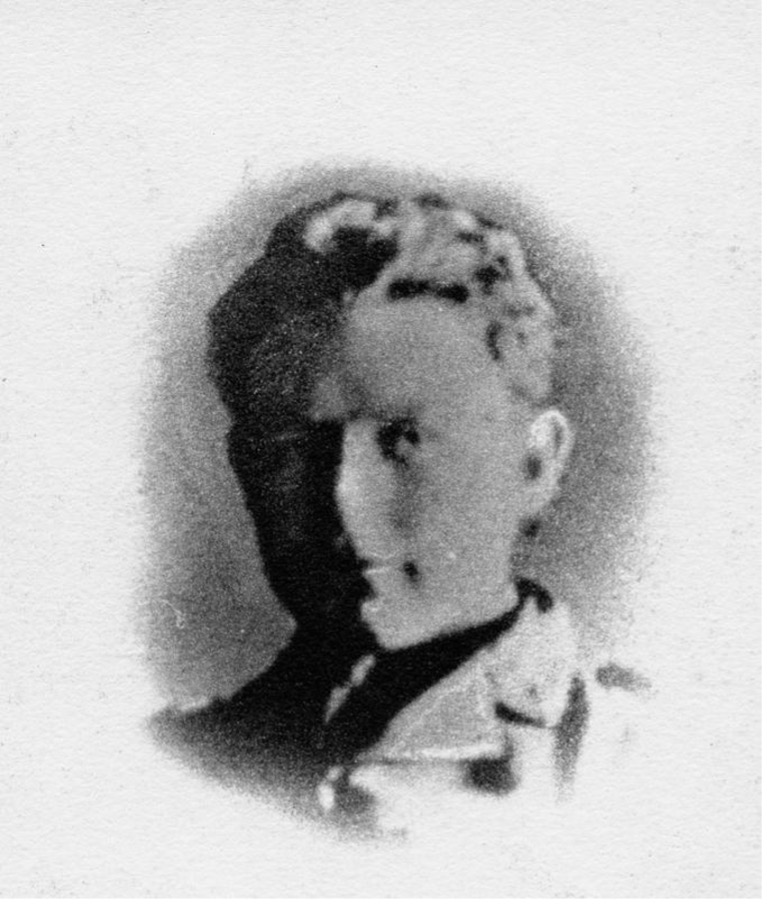Richard Bateson Blunt Tillyer

| Rank: | Lieutenant |
| Regiment: | Royal Warwickshire Regiment, 'C' Company, 1st Batallion |
| Country: | France |
| Cemetary/Memorial: | Ypres (Menin Gate) (Panel 8) |
| Awards: | British War Medal Victory Medal 1914-1915 Star |
Born on 27th November 1892 in New Malden, Surrey, Lieutenant Tillyer was killed on 25th April 1915 after he went missing on the Western Front after a counter attack on the German positions at Vileje (Ypres salient). He was later presumed dead. He was 22.
He was the only child of the late Richard Henry Tillyer (1852-1911) and Florence Anna Tillyer (nee Harvey, 1862-1931), of Marston Gate, Brockenhurst, Hampshire. They owned a farm, Broadlands in Brockenhurst of 500 acres.
Richard joined Saint Ronan’s in 1902. In August 1905, he received top scores for German. In October 1905, he was awarded a special German prize.
In February 1907, Richard went on to Haileybury, where he was in Colvin House until his departure in February 1910. He joined the Army School in March 1910, before going on to the Imperial Service College in January 1912.
On 21st September 1912, he was gazetted to 3rd Battalion, The Royal Warwickshire Regiment as a Second Lieutenant from Cadet Sergeant at the Imperial Service College Contingent, Officers Training Corps.
Prior to WW1 the Royal Warwickshire Regiment had two regular infantry battalions. Consistent with many other regiments, one battalion was home based and was used as a feeder battalion to the overseas battalion as necessary to keep that one up to strength.
On 9th June 1914, Richard was gazetted to The Royal Warwickshire Regiment, 1st Battalion as a Second Lieutenant. The 1st Battalion were initially based at Shorncliffe, near Folkestone, Kent. On 8th August 1914, amid fears of a German invasion of the East coast, the Battalion were sent by train to Yorkshire. Almost immediately this fear was seen to be unfounded and they were sent back to join other units of the 10th Brigade, 4th Division, of the British Expeditionary Force at Southampton. They boarded the SS “Caledonian” on 22nd August and landed at Boulogne in France the next day.
In 1914, the Division engaged in various actions on the Western Front including the Battles of Le Cateau (August), the Marne (September), the Aisne (September) and Messines (October-November) and Armentieres (November). The Battalion took part in the Christmas Truce of 1914.
On 13th December 1914, Lieutenant Tillyer took responsibility for writing the following to the family of Corporal Benjamin Mole who was killed in action: “I am very sorry to write that your brother-in-law, Corporal B. Mole, was killed a few days ago. He had only been under my command for a few days, having only just come out. I sincerely feel for you in your sorrow and hear that he had lost a brother”.
During 1915 the Battalion saw service at the Second Battle of Ypres. The battle started on 22nd April and lasted until 25th May 1915. It was fought for the control of the strategic town of Ypres, in Belgium, after the First Battle of Ypres that had been fought in Autumn 1914. It marked the first use of poison gas by the Germans. The German Army released 170 tons of chlorine gas at around 5:00pm on 22nd April at Gravenstafel, a hamlet north-east of Ypres. Cylinders were opened by hand and the wind carried the gas towards a four mile section of the allied front. There were 6,000 casualties, most of whom died within ten minutes. Chlorine gas combines with water in the lungs and eyes to form hydrochlorous acid. Most died of asphyxiation or were blinded.
Lieutenant Tillyer was recorded as wounded and missing during this time.
Lieutenant Tillyer is also commemorated on the Haileybury College Memorial, Hertford Heath.
